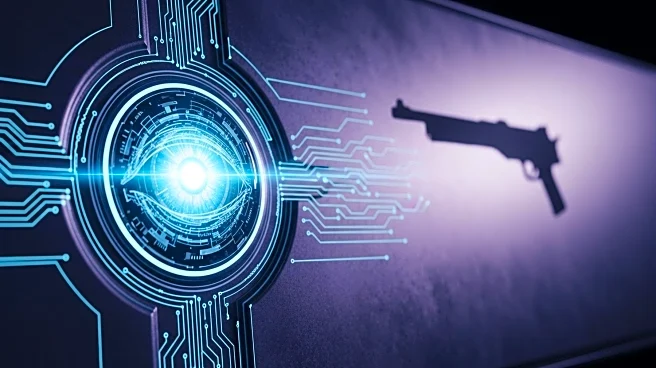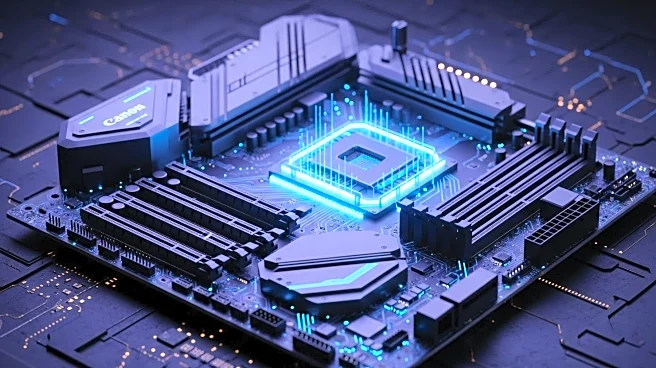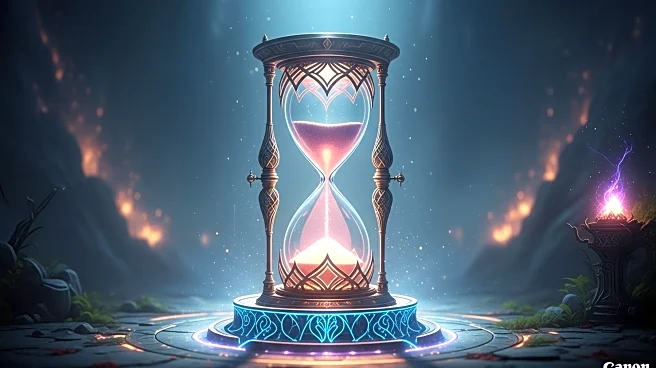What is the story about?
What's Happening?
GSC Game World has released a patch for its Legends of the Zone remaster of the original Stalker games, incorporating Nvidia DLSS support. This update, dated September 18, aims to improve the performance of these older games, which include Shadow of Chornobyl, originally released in 2007. DLSS, known for enhancing graphical performance, is now being used to address the demanding indirect lighting features introduced in the remaster. Despite the age of the games, DLSS's texture filtering and antialiasing capabilities are proving beneficial, especially for players aiming for high-resolution gameplay. The remaster has seen a shift in user reviews on Steam, moving from a mixed status to mostly positive, indicating a successful turnaround after initial launch issues.
Why It's Important?
The integration of Nvidia DLSS into older game engines like Stalker highlights the growing necessity of advanced graphical technologies even for legacy titles. This move not only enhances the gaming experience but also sets a precedent for other developers to consider similar upgrades for older games. The positive reception from users suggests that such technological enhancements can revitalize interest and improve user satisfaction. For Nvidia, this demonstrates the versatility and demand for its DLSS technology, potentially expanding its market reach beyond new releases to include remastered classics.
What's Next?
As GSC Game World continues to refine the Legends of the Zone remaster, further updates and patches may be expected to optimize performance and address user feedback. The success of DLSS in this context could encourage other developers to adopt similar technologies for their older titles, potentially leading to a broader trend of remastering classic games with modern graphical enhancements. Nvidia may also continue to innovate and expand its DLSS capabilities, catering to a wider range of gaming applications.
AI Generated Content
Do you find this article useful?













